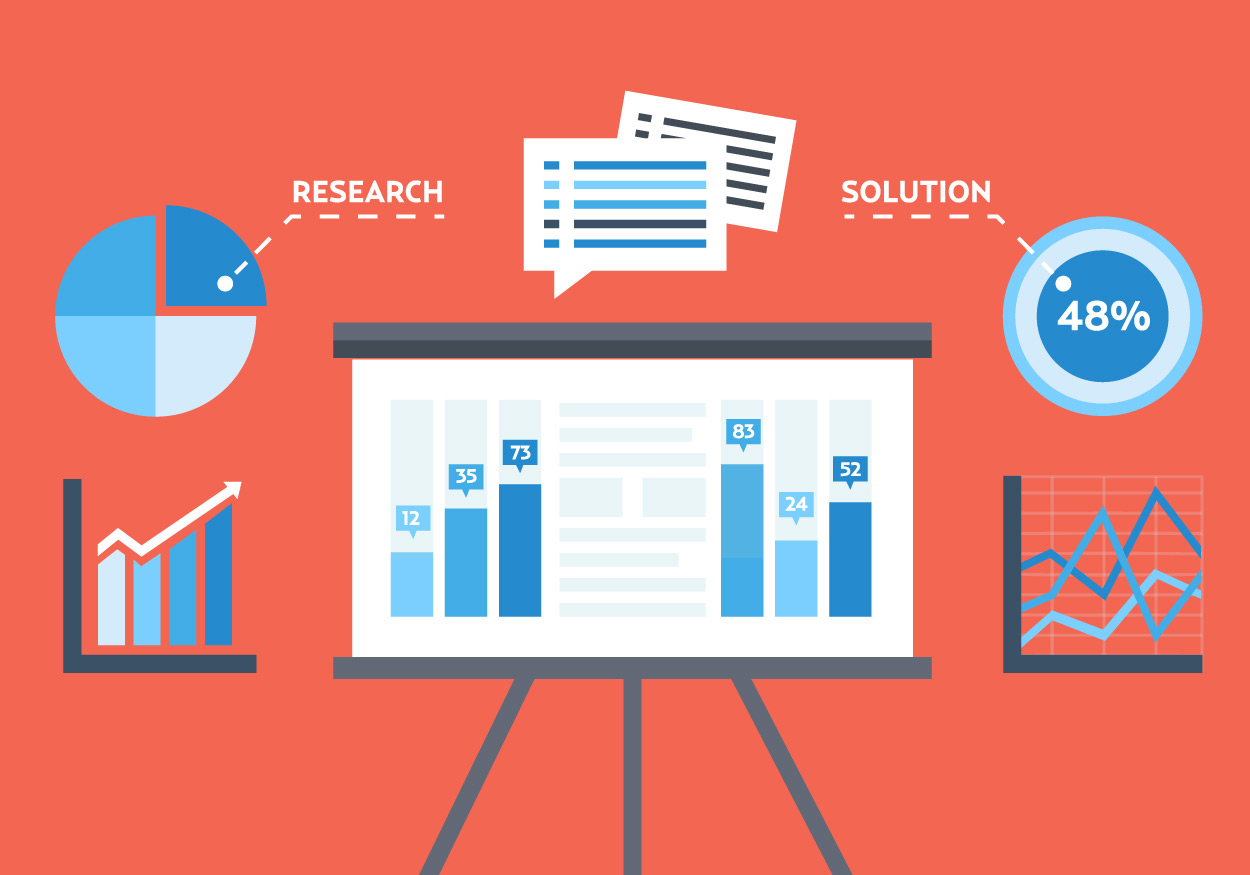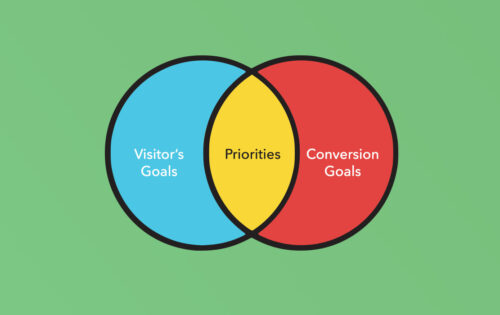
Design thinking is incredibly useful in helping to build your business and establish solid ground in your niche. Some level of design is necessary for just about any business and the fundamentals of visual design can be applied across the board to many other areas of business.
Learning a designer’s mindset can help to improve your understanding of how people might respond and interact with your ideas.
01. Discovery/Research
So you have a great idea, but that idea need shaping. Making sure it’s well developed will take research and refining.
You’ll need to find out what’s already out there, and what can you do better than anyone else. Most ideas aren’t totally unique, but you can bring together combinations of skills to come up with a service that gives a totally unique impression.

02. Generate Ideas
Write down everything. Try not to censor yourself, even if you think of something that might be a bit off, it could lead to other pathways or new ways of thinking about your business. Use this time to outline both immediate and long-term goals.

03. Create
Start outlining your best thoughts and build upon them. The more output you have, the better. Be prepared to experiment with different content or further refine finished content down the line. It’s okay to make lots of changes, especially in the early stages. Finding the right path can take a lot of trial and error, so don’t worry if you have to rethink and revamp your ideas down the line.

04. Implement
Now is time to let your ideas fly. Hopefully you’ve generated enough content to make it though some updates while you think about your next steps. You’ll likely see ways to make improvements soon in the process and it’s okay to release something that’s not quite perfect. Just keep building upon your ideas incrementally. It might take a while to find your rhythm, but you’ll find better paths when you continually release new content.

05. Analyze
How is your audience reacting? Listen to feedback and find out if you’ve really hit your mark. Providing a steady stream of content is necessary to properly gauge where you stand. Once you figure out your strengths and weaknesses you can get back to ‘Step 1’ and begin to fine-tune and develop new ideas. The key to successful design thinking will be to keep this process going and to always be creating new ways to interact.

Design thinking is greatly important to envisioning how people will respond to your ideas. It is critical understand this process if you want to build a successful business. If you have a great startup that needs help getting off the ground, work with us, and we’ll help set you in the right direction.


